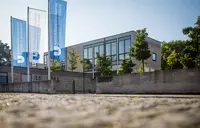“The KU buildings are an architectural attraction for people from far beyond the region. We are very proud of their status, which their official listing as a historical monument in 2018 attests to. Not only will the group of buildings get a state-of-the-art technical equipment, but also be updated in terms of the changing concepts of university teaching and learning. We are very grateful for the funding we are to get from the Bavarian State and our Church sponsor”, says KU Chancellor Thomas Kleinert. The reconstruction is estimated to amount to a total of 84 million euros, including additional building costs and a projected increase in construction prices over the project period.
Face-lift for star architect’s iconic buildings: KU’s Kollegiengebäude to be renovated
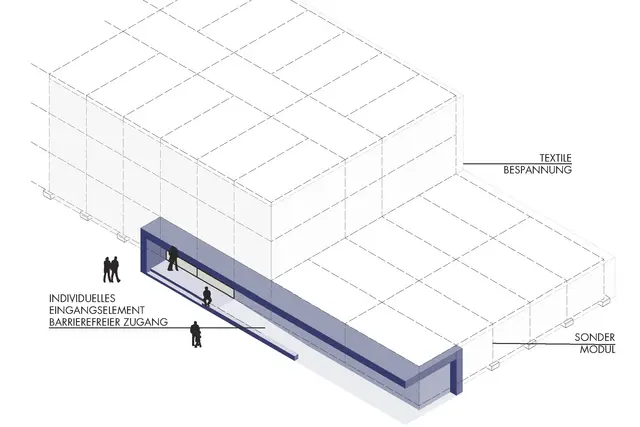
As soon as the new budget regulation has been published, planning can proceed. “With the current design plans that have been inspected by the government of Upper Bavaria and approved by the State Ministry of Science and Art, we can start approval and implementation planning, on which the calls for tender and the award will be based”, says Stefan Wenzel, head of the KU Construction and Technical Facility Management Department.
The first change will be visible in the winter semester of the next year, when an interim modular building will be erected alongside Universitätsallee next to the University Library. One major challenge is the fact that the buildings will have to undergo renovation while keeping university life running. That is why there will be several construction phases. In each phase only the section under construction will be relocated to the interim building. The three-story interim building will get a textile facade and will gradually be reduced by half of its size from initially 2,500 to eventually 1,200 square meters, as the evacuated departments will be able to move back to the renovated Kollegiengebäude. We will also relocate departments within the Kollegiengebäude during the renovation, thereby ensuring specific needs of the disciplines can be met.
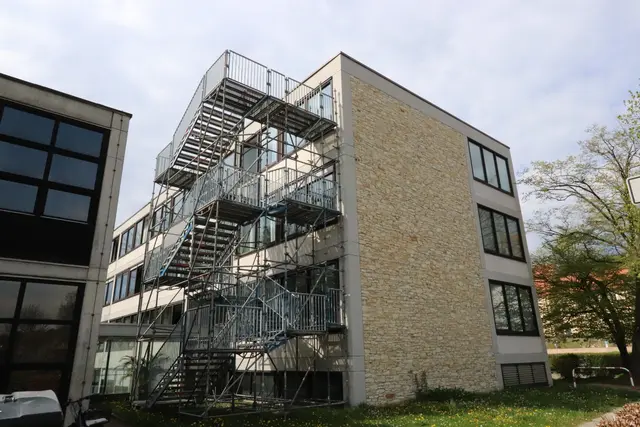
In the first two-year phase of the project, Kollegiengebäude A and C and the building housing the KU’s mail room alongside Ostenstraße will undergo reconstruction. Two later phases will see work on the remaining Kollegiengebäude. These measures will resemble a fundamental core reconstruction. The authorities for the preservation of historical monuments have been closely involved in the planning process. When walking across campus, several scaffolding stair towers against the facade of the Kollegiengebäude catch the eye - a temporary solution for the time, when escape routes in the building will be unusable due to reconstruction. These additional emergency escape routes will be moved back to the inside of the building after renovation. In addition, all the new Kollegiengebäude will be fully accessible to people with mobility disabilities. “The space that takes up we are making up by adding one floor to the two-story Kollegiengebäude B,” says Alexander Würth, head of Facility Management at the KU. The entire building will not only be brought up to date in terms of accessibility, but also energy efficiency, as inclusion and sustainability are core concerns for the KU. The reconstruction will also be a chance to rethink and update the technical equipment and configuration of the rooms radically. Stefan Wenzel says: “Function is key. In view of the changing challenges of modern university teaching, in the future, we want to be able to offer rooms as flexible as possible for research, teaching and transfer.”
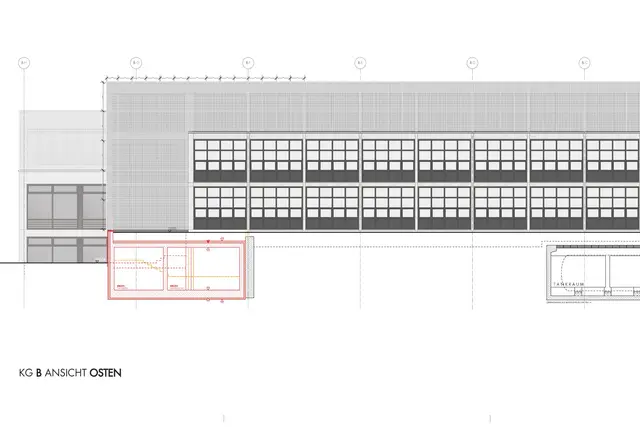
Not only the Kollegiengebäude themselves will be objects of reconstruction, the grassed courtyard between them has raised interest, too. They will also undergo some changes to become more valuable spaces for students to hang out, but also provide work and exhibition areas for art education.
Background
All of the buildings on campus reflect the historical development of the University. One of the institutes that might be seen as one of the antecedents of the KU is the Pädagogische Hochschule Eichstätt, founded in 1958 in addition to the preexisting Theologische Hochschule. The diocese’s appointed building director, Karljosef Schattner (1924 to 2012) and architect Josef Elfinger created the Kollegiengebäude from 1960 to 1965 and with them a central and characteristic feature of the Eichstätt campus. The cubic structures are grouped around a grassed courtyard abutting the historical Hofgarten park and the former summer residence of the prince-bishop, now housing the central administration of the University. The image of the Kollegiengebäude is dominated by the concrete skeleton structure with an infill of limestone from regional quarries. Originally, the campus had an opening towards the banks of the river Altmühl in the south. In the middle of the 1980s, rising student numbers led to the construction of the canteen building, which now skirts the southern end of the campus. Already during Schattner's lifetime, the special nature of the university buildings was recognized beyond the region by experts and the public. He not only gave the steadily growing University its iconic Kollegiengebäude, but rather created works of art that stand as examples of the symbiosis of modern architecture with historical structures, for example, in the former orphanage (Waisenhaus building), the former orangery or the "Ulmer Hof". An article by the architecture critic and filmmaker Dieter Wieland, commented as early as 1984:
"Eichstätt is a stroke of luck. (...) Anyone who wants to see what a rebuilt Germany might have looked like should got to Eichstätt for reference. For in Eichstätt Karljosef Schattner, the bishop's master builder, is building on a level that is unfortunately rarely paralleled in this country."
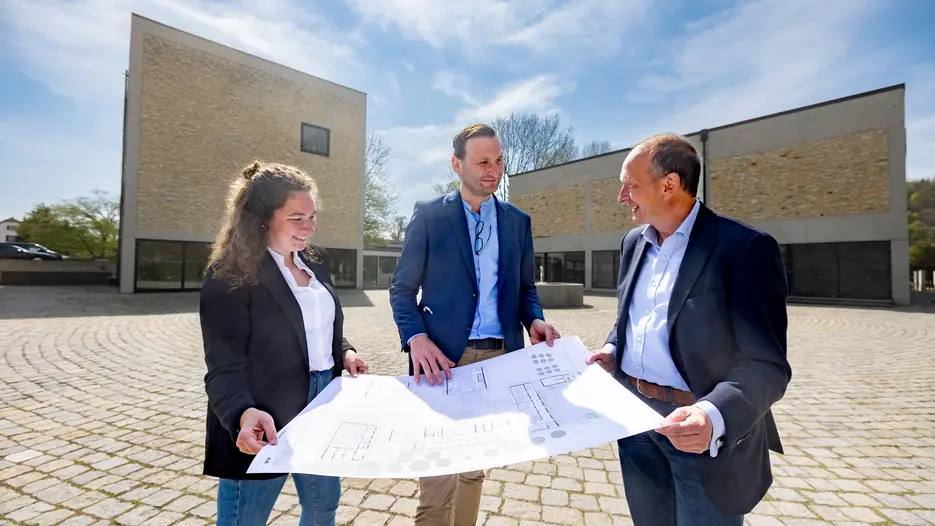
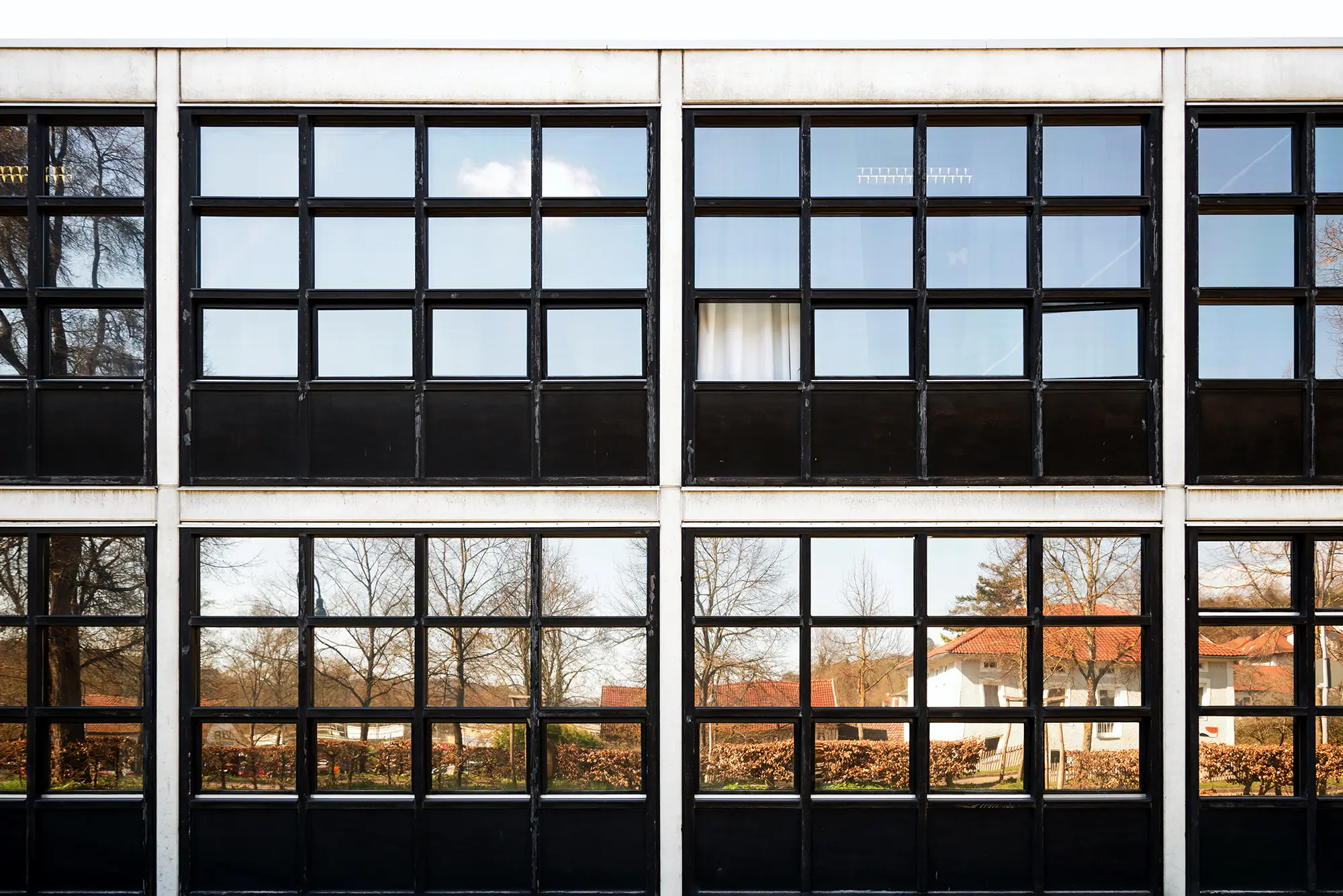
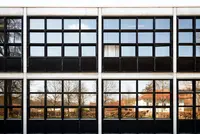
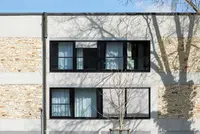
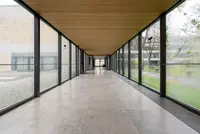
![[Translate to Englisch:] KGA](/fileadmin/_processed_/9/7/csm_KGA_a226fd421b.webp)
